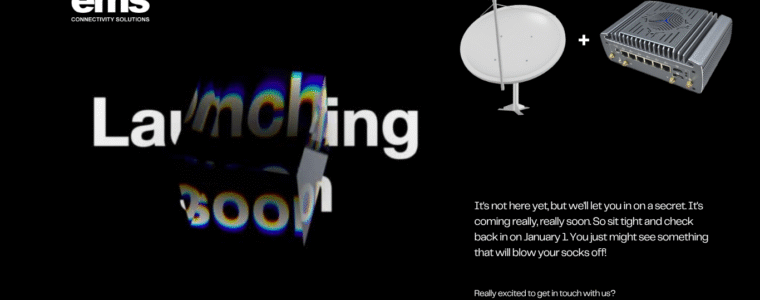
Reliable connectivity is no longer a luxury—it’s a necessity. Whether you’re streaming live events, managing remote operations, or ensuring emergency communications, downtime can cost time, money, and safety. That’s why bonding satellite and cellular networks is a game-changer. Below, we answer the most common questions and provide practical instructions for deploying this technology.
FAQ Section
1. What is Satellite + Cellular Bonding?
Satellite + cellular bonding combines multiple internet connections—such as Starlink satellite and 4G/5G cellular—into one seamless, high-performance link. This is achieved using advanced bonding technology like OptiBond™, which aggregates bandwidth and ensures uninterrupted connectivity.
2. Why Do I Need It?
- Reliability: If one link fails, traffic automatically switches to the other.
- Speed: Aggregate bandwidth for faster uploads and downloads.
- Session Persistence: No dropped calls or broken streams during failover.
- Coverage: Stay connected in remote or mobile environments.
3. How Does It Work?
Bonding uses a specialized router (e.g., i-MO 250) that:
- Accepts multiple WAN inputs (Starlink, cellular, fixed-line).
- Runs bonding algorithms to merge them into one virtual pipe.
- Distributes traffic intelligently for optimal performance.
4. What Equipment Do I Need?
- Starlink Terminal for satellite internet.
- 4G/5G SIM cards for cellular connectivity.
- Bonding Router like EMS UK’s i-MO 250 with OptiBond™ technology.
- Power Source (mains or battery for mobile setups).
5. Is It Difficult to Set Up?
Not at all! The i-MO 250 is designed for quick deployment:
- Plug in Starlink via Ethernet.
- Insert SIM cards into the router.
- Connect power and enable bonding via the web interface or EMS Cloud.
- Done—your bonded connection is live.
6. Where Is It Used?
- Broadcast & Media: Live streaming without interruptions.
- Construction Sites: Reliable connectivity for remote projects.
- Emergency Services: Always-on communication during crises.
- Maritime & Rural: Internet where traditional options fail.
7. How Does It Compare to Peplink?
EMS UK’s solution offers:
- Superior bonding performance
- Competitive pricing
- UK-based support
- Cloud management for remote control
Step-by-Step Instructions for Deployment
- Unbox Your i-MO 250 Router – Check all components: router, power supply, antennas.
- Connect Starlink – Plug the Starlink Ethernet adapter into one WAN port.
- Insert SIM Cards – Use multiple SIMs for redundancy and speed.
- Power Up and Access Settings – Connect to the router via Wi-Fi or LAN and log in.
- Enable OptiBond™ – Activate bonding mode in the dashboard.
- Test Your Connection – Run a speed test and simulate failover to confirm resilience.
Pro Tip: For mission-critical operations, enable cloud monitoring to manage and troubleshoot remotely.
Ready to experience uninterrupted connectivity? Contact EMS UK today for a demo of the OptiBond™ i-MO 250.
